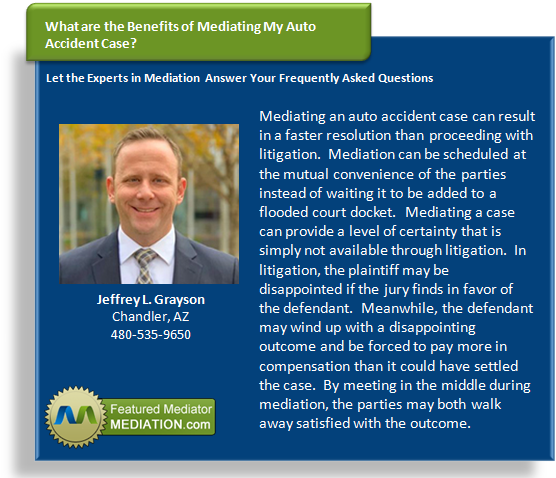Foreclosure Mediation in 2015’s Housing Market

Image courtesy of vectorolie / freedigitalphotos.net
The foreclosure trend that began in 2008 has slowed considerably, but is still a dominant issue in some housing markets as we enter in to 2015. If you work in foreclosure mediation and your work hasn’t slowed considerably in the past several years, you already understand this. By this point, foreclosure mediation is a tried-and-true method across the country to resolve the overwhelming foreclosure crisis that has hit since the recession. Foreclosure mediation has been part of state and county legislation for some time now, and although many states are relaxing those requirements, it is still a form of ADR that seems to be widely useful as well as widely used.
According to RealtyTrac’s most recent information (November 2014), foreclosure rates in the U.S. was 1 in every 1,170 homes. The top five states showing the most foreclosures (as of November 2014) were Florida (1 in every 462 homes), New Jersey (1 in every 478 homes), Maryland (1 in every 581 homes), Delaware (1 in every 693 homes), and Utah (1 in every 750 homes).
Following the market scare and subsequent housing bubble burst of 2008, many states created laws requiring foreclosure mediation as a requirement before a bank could foreclose on a property. Since that time, some of the states have ended that requirement, although courts within the state still turn to foreclosure mediation to resolve what is often a backlog of foreclosures in the area. The same is true of counties and cities that have suffered the bulk of the foreclosure crisis of the past 7 years.
If you are considering adding foreclosure mediation to your specialties in the field of ADR, below is a quick overview of the process:
Foreclosure mediation—first and foremost—seeks to keep homeowners in their homes and avoid the foreclosure process. The process involves a meeting between the homeowner(s) and lender, with a neutral third-party mediator leading the discussion.
When foreclosure mediation begins, an overview of the homeowner’s financial situation is conducted. Through this, both the lender and the homeowner can see the exact numbers and attempt to work through a solution that allows the homeowner to either keep the home or give up the property without having a foreclosure on their credit. This can be achieved in several ways, including revising the repayment plan, setting up forbearance, modifying the loan, or selling the home via short sale.









